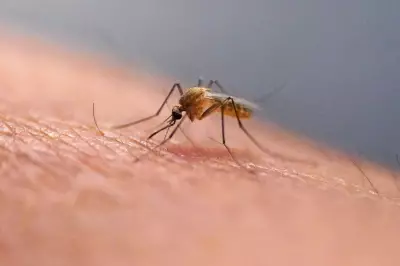
A startling new scientific investigation has exposed a dangerous and previously unrecognised threat from the widespread use of face coverings during the pandemic. Researchers have discovered that toxic microplastics shed from disposable masks can be inhaled and subsequently travel from the lungs into the brain and other vital organs, with potentially devastating long-term health consequences.
The Alarming Journey of Inhaled Plastic
Scientists from the University of Hull conducted a meticulous analysis, revealing that a single face mask can release millions of microplastic fibres when worn. These minuscule particles are small enough to be inhaled deep into the human lung cavity. The study, a world-first in its scope, identified a significantly higher concentration of these particles in mask-wearers compared to those who did not use them.
The most chilling finding is that these plastics do not remain in the lungs. The research demonstrates their ability to cross the protective blood-brain barrier, a membrane designed to shield the brain from toxins and infections. This migration raises grave concerns about their potential role in the development of neurological conditions, including dementia.
A Legacy of Plastic Pollution
The environmental impact of discarded personal protective equipment (PPE) has been visible for years, littering streets and oceans. However, this study shifts the focus to an invisible, internal pollution crisis. The types of plastics found—primarily polyester and polypropylene from the mask's layers—are known to be toxic to humans.
"When you breathe in these microplastics, they can travel to the end of your lungs and could even cross over into the blood-brain barrier," explained the lead researcher. This process can initiate a cycle of inflammation and cellular damage, creating a fertile ground for disease.
Who is Most at Risk?
The research highlights that certain groups face a disproportionately higher risk:
- Medical professionals & frontline workers: Those who wore masks for extended periods daily are likely to have the highest exposure levels.
- Children and young people: With developing organs and a longer lifespan ahead of them, the cumulative effect of this exposure could be more severe.
- Individuals with pre-existing respiratory conditions: Their compromised lung function may make it harder to clear the inhaled particles.
This revelation forces a difficult reconsideration of the public health measures that defined an era, balancing their immediate benefits against this newly discovered long-term danger.
Call for Urgent Action and Further Research
The scientific community is now calling for immediate action. Key demands include:
- Urgent development of safer, biodegradable alternatives to polypropylene-based masks.
- Updated safety guidelines and public health communications regarding the proper use and disposal of masks.
- Substantial funding for longitudinal studies to track the long-term health outcomes of those with high exposure.
This study serves as a critical warning about the unintended consequences of our choices during a global crisis and underscores the urgent need for sustainable solutions in future public health planning.





